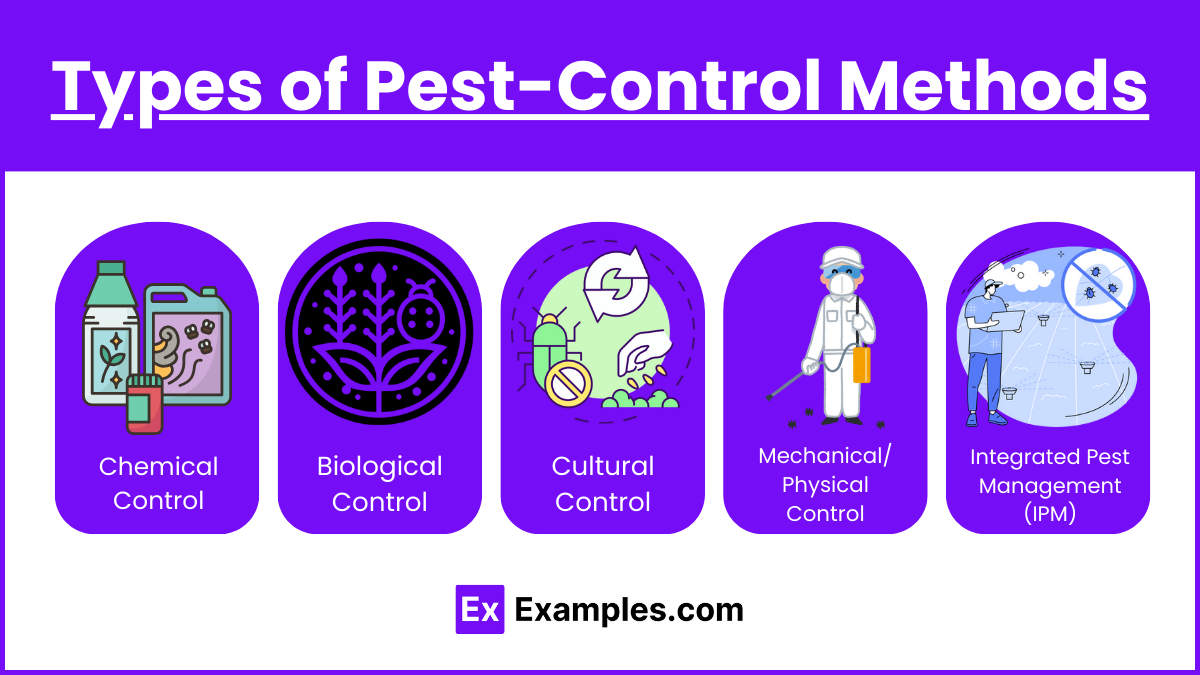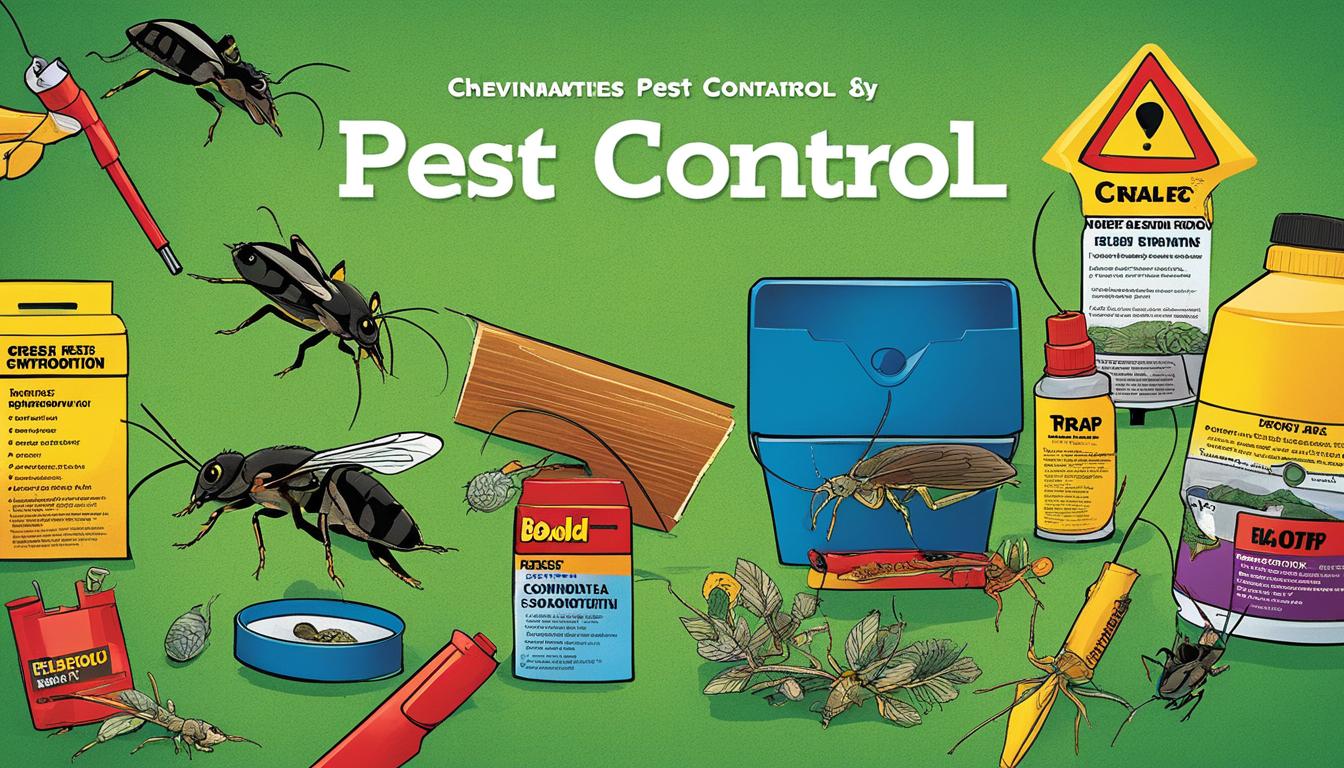The 10-Minute Rule for Pest Control
Getting The Pest Control To Work
Table of ContentsOur Pest Control DiariesThe Best Guide To Pest ControlEverything about Pest ControlPest Control - The FactsGetting The Pest Control To WorkThe Definitive Guide for Pest Control
Our searchings for show that the first evaluation will cost anywhere from $160-$300 on average. This generally sets you back anywhere in between $400-$1000 for the entire year's protection, with monthly or bi-monthly check outs currently rolled right into the final cost.Depending on the issue, a task that needs a single go to usually costs $300 to $550. These are the easiest costs to detail in your parasite control prices list.
Parasites that normally needs continuous check outs include: Cockroaches. Our searchings for show that an initial visit is concerning $180 and is the first of a recurring contract. Throughout this very first go to, you ought to: Assess the problem.
12-month contract. As a whole, the frequency of routine brows through is: On a monthly basis: $40 45. Every 2 months (semi-monthly): $50 60. Every 3 months (quarterly): $100 300. Bug control is a chemically-intensive business. After all, chemicals are the crucial materials that pest control experts make use of to finish a task. Typical chemicals include: Boric acid.
Not known Incorrect Statements About Pest Control
Necessary products and products you'll utilize consist of: Respirator. Sprayer. Gloves. Duster. Foamer Baiting tools. UV light. Other safety and security equipment. It is essential to have all of the right devices before beginning a job. Your devices must be included as part of your overhead prices. If you have staff members, then labor prices are going to be the greatest expenditures for your service.
Limitations of Chemical Administration Have the ability to assess insect issues, determine if monitoring is needed, and make appropriate recommendations making use of IPM techniques. Know with various methods of parasite management - their benefits and limitations. Recognize the value of advantageous pests. It is not possibleor also desirableto rid yards of all parasites.
This chapter discusses (IPM), a strategy that uses expertise regarding bugs and their, techniques, nonchemical approaches, and pesticides to manage pest issues. Additional info about IPM for particular plants is included in chapters that focus on those plants. Nonchemical parasite control actions are emphasized in chapter 17, "Organic Gardening." Managing birds and animals is covered in phase 20, "Wildlife." Taking care of in the backyard and garden is covered in phase 6, "Weeds." Insects in a yard or landscape might consist of insects and mites, weeds,, creatures, and birds.
More About Pest Control
Bugs and weeds, nevertheless, play a duty in the. After growing a garden or establishing a yard, the natural process of plant succession starts to improve and nonnative plants.
What we call "parasites" belong to an all-natural system at the workplace. An environment has no bugs. Just humans think about specific varieties insects when they occur where they are not wanted. We will be a lot more effective in taking care of unwanted varieties when we understand that these microorganisms follow predictable patterns that we can make use of to our benefit.
Pests at risk to a pesticide were quickly killed, leaving immune ones to breed and multiply. It became clear that chemicals alone would certainly not fix all insect troubles. Rather, overuse of chemicals triggered the development of resistant bugs. Scientists began to establish a brand-new approach to pest control. This new approach was i loved this explained as integrated why not try here parasite management (IPM).
An IPM plan allows some level of bugs in the environment. Insects are a lot less most likely to survive a program that utilizes various techniques of minimizing their populations. Integrated pest administration was first suggested by entomologists since bugs were the very first team of pests to prove tough to take care of with chemicals alone.
Pest Control for Beginners

Monitoring instead of elimination of parasites is the objective. An IPM plan begins with a cautious assessment of each insect infestation. Only then can one choose about the proper methods needed to suppress parasite activities. The life cycle of the insect, feasible damage, natural opponents, and effects of weather, to name a few variables, are thought about before a control strategy is applied.
Clover expanding in a lawn may be watched as an undesirable weed, however as a bean it is manufacturing nitrogen for the dirt and the flowers are supplying nectar to honey bees and other. Tolerance for some weeds might become part of an IPM strategy. may be consuming the fallen leaves of her explanation a plant, however when they are identified as the larvae of Eastern tiger swallowtail butterflies, their damages may be tolerated so we can delight in the lovely butterfly.
Figure 81. Brownish lacewing larva (Hemerobiidae family members). Pest Control. Matt Bertone Prevention is the very first tool in pest management since it is one of the most efficient, least costly, the majority of ecologically friendly option. Selecting a healthy and balanced plant that flourishes in the desired location with the offered light, planting it very carefully, and making certain that it has sufficient water and nutrients prevents anxiety and reduces bug problems.
The Best Strategy To Use For Pest Control
The 2nd essential device in parasite management is very early treatment. Existing and watchful in the yard makes certain very early detection. Responding to troubles rapidly, before they have time to multiply, calls for a much less remarkable treatment. The 3rd most important tool is recordkeeping; tracking what happens in the yard enables a gardener to identify patterns and make notified decisions.
Several risk-free, practical, nonchemical approaches of plant security and bug administration may minimize or eliminate the demand to spray. Various other methods are most advantageous when used with chemicals. To implement monitoring practices appropriately and to decrease losses, garden enthusiasts need to be conscious of the sorts of bugs that attack plants and understand pest biology.
Pest management approaches fall under 4 groups: social, mechanical, organic, and chemical. Keeping plants healthy and avoiding plant stress and anxiety aids plants to much better stand up to and repair the damages brought on by an insect or mite insect. Some proof suggests that healthy and balanced plants withstand invasion by pests much better than plants with reduced vigor.
Carrying out a dirt test and applying just the suggested quantity of plant food and lime makes best use of the advantage to the plant while lessening problems associated to extreme usage of fertilizer. Treatment the dirt with numerous inches of compost shields the plant in a number of ways: minimizing dirt water loss to dissipation, decreasing weed competitors, providing nutrients, and producing an ideal atmosphere for earthworms and microorganisms that keep the soil loose for roots and break down organic material to release nutrients.
The 6-Minute Rule for Pest Control

If tilling is regarded essential, think about doing it in the autumn when the life cycles of many insects brings them near the surface. At the surface, insects become subjected to the weather condition along with birds and various other all-natural adversaries. Autumn tilling can also damage pests in crop deposits. Use healthsome and insect-free qualified seeds and plants if available.